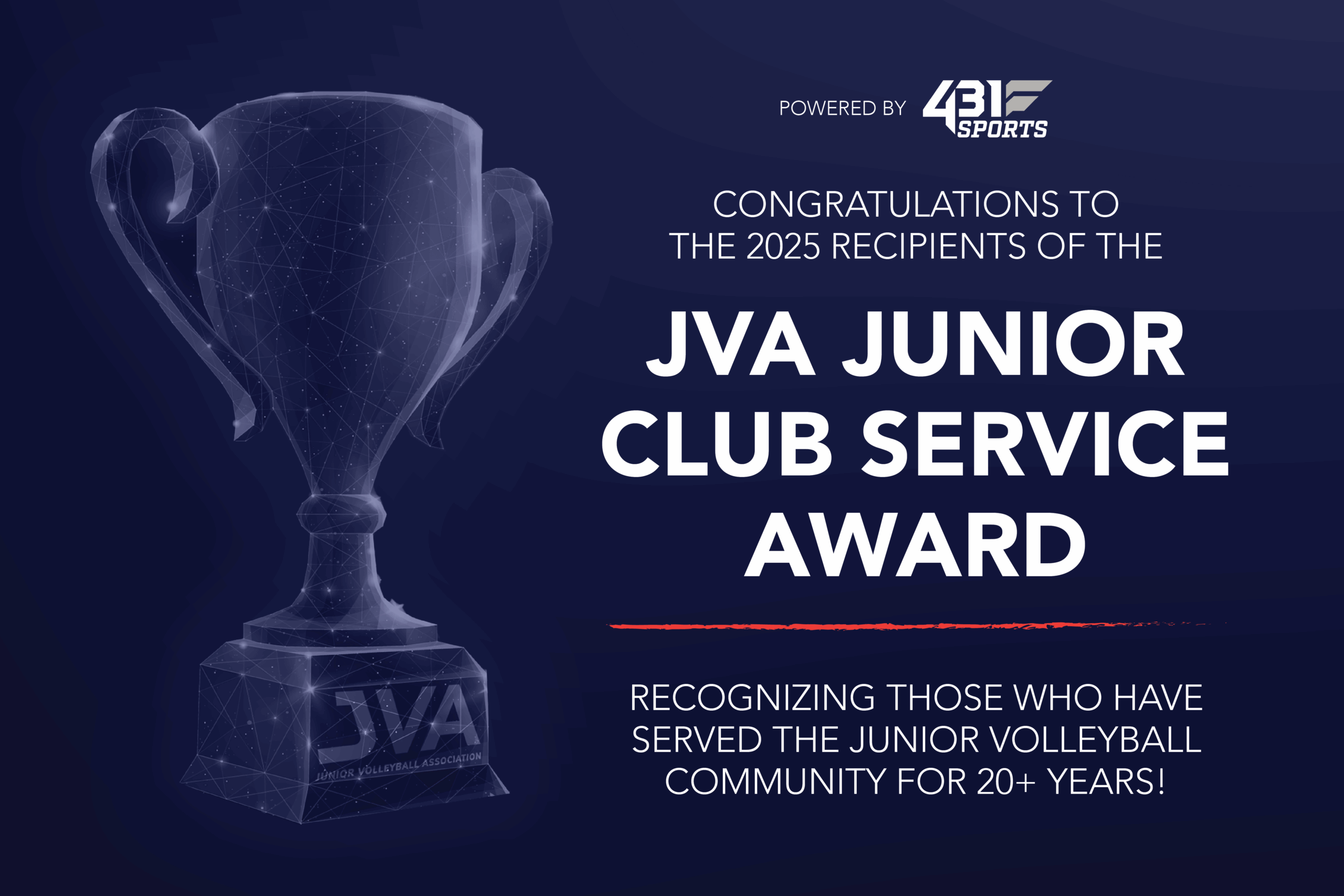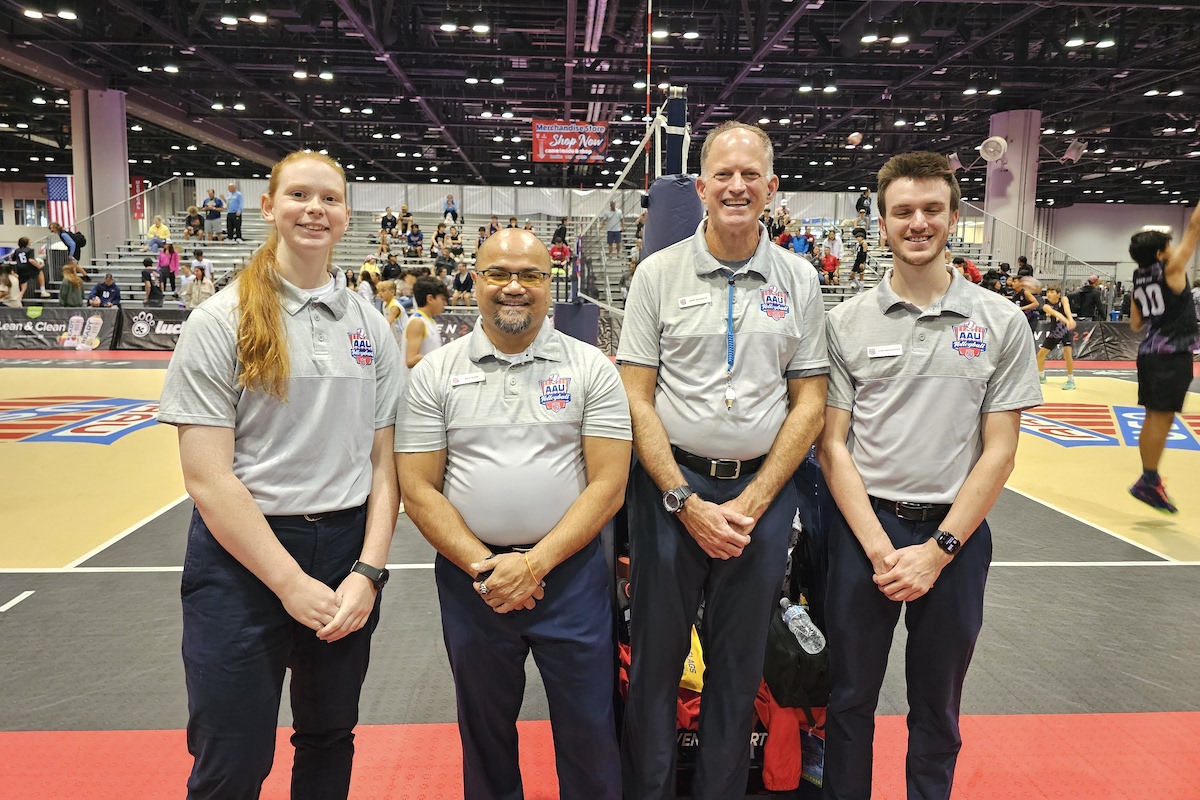*Information provided in this article is not to be considered a substitute for legal advice. Readers are strongly encouraged to seek the advice of a licensed attorney familiar with youth sport laws and regulations within your state and local district.
For volleyball leaders, the primary goal of a risk management program is to put the safety and welfare of all participants, staff, and support personnel first. The International Sport Coaches’ Handbook describes this concept as “Safeguarding.” It identifies it as a leadership skill within four broader core coaching skills. According to the Oxford English Dictionary, “a document is a piece of written, printed, or electronic matter that provides information or evidence or that serves as an official record” [and] “can be used as an authority or reference.” To Document is the act of creating, collecting, and securing essential documents and data. Documenting is a legal duty of all volleyball leaders and is an aspect of safeguarding volleyball stakeholders.
There are multiple types of documents relevant to volleyball leaders. Within each, we will look at the process of creation, collection, and securing/storing these documents and their data. While this list is not comprehensive, it contains ideas for essential documents necessary for a volleyball club’s overall ability to safeguard.
 Correspondence: text messages, emails, letters, memos.
Correspondence: text messages, emails, letters, memos.
Protocol guidelines for establishing correspondence with an athlete are found HERE. Volleyball leaders, within individual clubs, should work together to develop protocols for communication within the club. Volleyball leaders should outline and distribute protocol best practices and expectations. All correspondence with minor athletes should be stored in a designated area so that multiple volleyball leaders have access.
Participation/Risk wavers, Physical and medical information
The JVA has created forms titled JVA Insurance Waivers for Players & Staff, which volleyball leaders can find HERE. The collection of all physical and medical information forms and data is based on the requirement of the organization under which your insurance is provided. For example, the JVA has a website https://jvavolleyball.org/membership/manage-your-club/insurance/#player-forms, with all necessary forms and a FAQ section to answer questions on collection and length of storage suggested for these forms. Coaches need quick access to documents containing player emergency contact and medical information for all athletes under their safeguard responsibility during practice and competition. Suppose you are using a club software program to store and maintain access. In that case, it should be on a password-protected device and always in the coach’s presence.
Incident reports
The JVA has a downloadable incident report. All appropriate parties should complete the incident report with all the required information. The club should collect a copy of each incident report, and serious injury incident reports should be sent to the JVA. Essential staff are the only ones who should have access to completed incident report forms. Incident reports contain personal data, either digital or on paper, and each club director is responsible for its ultimate storage and security.
Registration Forms/Team Rosters/Contact Information
Software programs assist in the development of registration forms, the creation of team rosters, and the collection of players’ contact information. As you create forms, list all the data you need to allow a player to participate. Review all necessary information for the back office, club, coach, and team. An essential data category is birth date. A similar and often overlooked category is graduation year. AVPAmerica uses graduation year to organize age levels for beach juniors’ tournaments HERE. Also, many players have multiple guardians, so it may be beneficial to ask if a player has a Primary Contact or if all listed guardians should be included in club and coach correspondence. Consider going completely digital for registration forms. Your club software will allow you to share selected information with coaches, players, and parents in quick and easy formats. Access to all registration data should be for essential staff only. If you use club software providers, ensure they provide secure and protected data storage. Once personal data is within your organization, digital or on paper, you are responsible for its ultimate security.
Tryout Evaluation Protocols and Results
Player evaluation protocols are created based on industry standards of physical ability, physical fitness, and physical literacy for the player’s age level. These protocols should be pre-determined by the coaches and club directors. It should encompass the goals, objectives, and volleyball standards based on the skill level of general players within your club. A good evaluation measurement tool is a rating of 0-4 for each skill: passing, setting, serving, blocking, attacking, etc. Set protocols and train evaluators to rate players to organize teams (indoor) and pair partners (Beach). Ensure the protocols and the training are clear and safeguard the players from being grouped with a level of play beyond their current ability. Evaluators should plan a collection method that best fits into a tryout or re-evaluation session. I suggest multiple evaluators and a pooling of scores to determine the best placement for the player. Release a player’s score on an evaluation only to the player. Suppose data is stored for future evaluation or growth measurement. In that case, please keep it in a safe place where only essential personnel have access.
Practice plans
Coaches are responsible for developing and recording daily practice plans. If legal action is brought against a coach because of an injury during a practice, having a rationale behind the practice design is necessary, and no one remembers a specific practice in detail years after it happens. Therefore, detailed practice plans can assist in recollection if you are called upon to provide testimony. Practice plans provide an outline for the safeguarding of athletes. They should contain goals, instructions, warnings, and conditioning agendas for every minute of the practice, including time before and immediately following a scheduled practice. They can be as simple as listing the order of planned drills, timed water breaks, and overall objectives or as detailed as minute-by-minute practice design. All practice plans should be dated and attached to an attendance roster of all athletes and coaches present that day.
Club directors and Lead Club Coaches are responsible for encouraging coaches to create and store daily practice plans. Coaches are responsible for preserving daily practice records and preventing them from becoming lost. Digital photos of the day’s practice plans, including reflective notes on success or plan changes, can be stored via email server for future retrieval if necessary. Or good old-fashioned manilla envelopes, clearly marked by year or season and with each day’s plan and roster labeled and placed into them. I recommend keeping them for as long as possible. I’ve been in a college beach coach’s office, where she organized a wall of composition notebooks full of handwritten daily practice plans by year.
Player Rosters/Daily Sign-in and sign-out sheets.
Establish a daily practice and competition sign-in and sign-out sheet. It should include a roster of players and an area for the player to sign in and out personally. Alongside their name, create a space to place the information for the “person responsible for you today.” Usually, a name and cell number are sufficient. Most of my beach players get rides with friends or parents of friends to and from tournaments and practices, and having the cell number of the Mom who brought the player is handy. Keep this data attached to your coaching clipboard for the day. Take a photo of it after they have signed in so that the image is on your phone, and you can access it quickly if an emergency arises. Some club software programs provide a player check-in and check-out feature, which is convenient. Maintain and store the daily sign-in sheet by attaching it to practice plans for as long as possible.
Safety inspection reports – Facility and Equipment
Directors, Facility Managers, and Coaches should have relevant documents that provide dates of all inspections and types of maintenance performed on volleyball facilities and volleyball equipment. The documents should notify club directors of inspection dates and if an item was replaced, fixed, or removed. Documents should be designed to notify Directors, Facility Managers, and Coaches in charge of maintaining an area. They should be relevant, assist in preventing injuries, and ensure all facilities and equipment abide by local laws and sport governing bodies’ rules and regulations. Recording and delivery of these records should be planned and administered by Club Directors and Facility Managers in coordination with coaches. The Club Directors and Facility Managers are responsible for saving and storing these records for future retrieval if necessary.
Cleaning and Maintenance reports
Directors and facility managers should have relevant documents that provide dates of all cleaning and maintenance performed at volleyball facilities. Club Directors and Facility Managers should administer the recording and delivery of these records. Data collected is used for budgeting, preventing injuries, and abiding by local safety and accessibility laws. The Club Directors and Facility Managers are responsible for saving and storing these records for future retrieval if necessary.
Financial Data
Documents used to collect and share financial information can come in many varieties. Spreadsheets, text messages, email, and registration forms are all within this category. Speak with your accountant and bookkeeper to design and develop the best method to collect and record financial data. Access to financial data should only be for essential staff. If financial software providers are used, ensure all data collected and stored is secure and protected. You are responsible for its ultimate security once financial data is within your organization. Financial records and sensitive medical information must be kept in a restricted and locked location, accessible only to authorized personnel. Digital data stored in club management software, like SportsEngine®, have strict access control. As a volleyball leader, ask yourself, “Who has access to this information, and why do they need access?” It would be best to decide where the collected forms, data, and documented information are stored and who can access it.
Coaching Credentials
These documents are created by the organizations that administer them. For example, SafeSport® and IMPACT® documentation of completion and the most current background check approval are stored in a coach’s USAV regional membership information and accessible through SportsEngine® once a coach is a member of your organization. The JVA has background screening options for volleyball leaders HERE. These documents and data should be accessible through your club management software, and it is the responsibility of both the club and the coach to maintain current data and accessibility. The JVA provides additional collection layers through their athlete safety program: Access to this data should only be for essential staff. Software providers should ensure that all data collected and stored is secure and protected.
To locate services and partnerships established and maintained by the JVA, visit the Member Savings page where partners such as Team Genius® – with the ability to provide services for player contact information, evaluation, check-in, and check-out, and Band®– with coaches, player, and parent communication tools present.
This is the first part of the Risk Management Solutions Series.
View more JVA resources for Club Directors and Leaders.
About the Author
Jenny D. Johnson, Ph.D., is an Associate Professor at American Public University in the Sports & Health Science Department. She played indoor at UNC Greensboro, Class of ‘95, and is a Coach/Coordinator at Coast United Beach in Conway, SC, a JVA member beach club.










